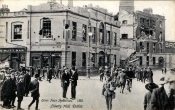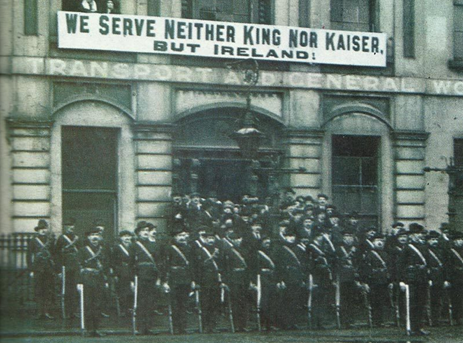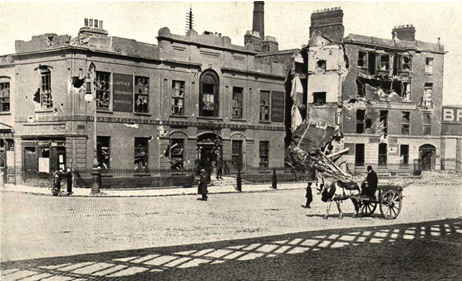Labour movement and the revolutionary decade
Published on 18th September 2018
 The 1966 Irish history syllabus for secondary schools was consistent with the focus of the 50th anniversary celebrations. It highlighted the role of advanced nationalists and downplayed and even deliberately obscured the role of individuals and groups who might possibly undermine the conservative hegemony of the Irish state. These included the organised labour movement and several women’s organisations, who were described essentially as auxiliaries to the independence struggle.
The 1966 Irish history syllabus for secondary schools was consistent with the focus of the 50th anniversary celebrations. It highlighted the role of advanced nationalists and downplayed and even deliberately obscured the role of individuals and groups who might possibly undermine the conservative hegemony of the Irish state. These included the organised labour movement and several women’s organisations, who were described essentially as auxiliaries to the independence struggle.
Thankfully historiography has broadened in scope and there is general recognition now that the story of the Irish state is not simply one of emergence from the oppression of British rule. While there has been welcome attention paid to the women who were involved in various organisations during the revolutionary period, much less interest has been shown in the extent to which female solidarity cut across class lines and challenged social hierarchies, particularly in trade union circles. Many members of the Irish Women’s Franchise League, for instance, were also active in the 1913 Lockout and were also to play a critical role in the 1916 Rising and the War of Independence, with many of them on the anti-Treaty side in the Civil W
Irish Citizen Army on parade at Liberty Hall, 1915
Far from simply supporting the separatist agenda, in the early years of the revolutionary period it is arguable that labour, particularly trade union forces had the most clearly laid out ideas for the shape of the state that would emerge from a successful revolution. James Connolly visualised a very clear strategy of attempting to unite all the most progressive forces in Ireland around their own revolutionary labour-based force, which was centred on the Irish Citizen Army, primarily in Dublin.
As far as the organised labour movement was concerned, the revolutionary period can be divided into two phases: the first culminating in the Rising and its catastrophic casualties, as well as the symbolism of the destruction of Liberty Hall. The second phase saw a certain retrenchment behind industrial relations issues in the aftermath of the Rising, albeit with some notable exceptions. Despite the post-Rising caution of the Irish Trade Union Congress, between 1918 to 1922 there were no less than three national general strikes, called for political rather than industrial reasons.
Consideration of the revolutionary period must also include the impact of the First World War. The Irish Trade Union Congress and Labour Party (ITUCLP) had an affiliated membership of 110,000 in 1914, mainly comprised of craft unions but including the general workers of the Irish Transport and General Workers’ Union (ITGWU). From its earliest stages, the Irish trade unions warned that the war would not be in the best interests of Irish workers. The National Executive of the ITUCLP frequently reminded Irish men and women of how the British Empire had treated them in the past.
In the spring of 1918 the Irish trade unions played a prominent and crucial part in successfully opposing the introduction of conscription into Ireland. The ITUCLP made frequent representations to the British government in the course of the War of Independence, but they had lost the opportunity to lead their members politically when the Irish Labour Party opted not to contest the 1918 General Election, leaving the field free for nationalist forces that were frequently antagonistic to the best interests of the working class.
Liberty Hall in the aftermath of the Easter Rising, 1916
Dr. Mary Muldowney, Historian in Residence, Dublin City Library and Archive.
Dublin City Council Historians in Residence are available to meet groups and schools, give talks, walks etc, run history book clubs and advise on historical research.

